What is web 3.0? What 3 technologies are based on the internet?
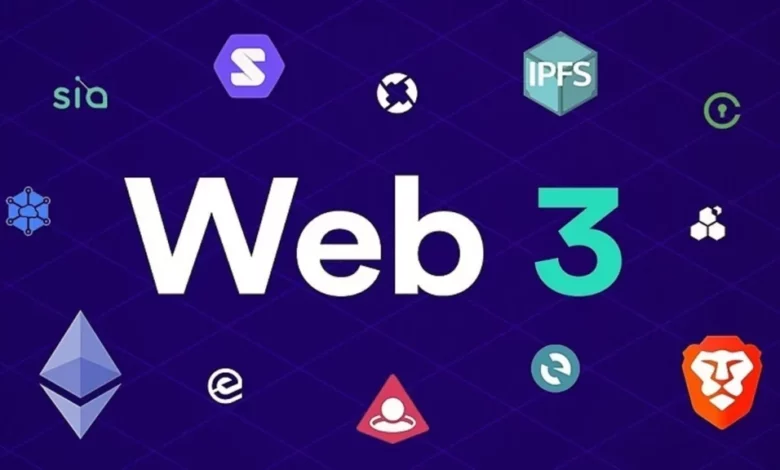
Introduction to Web 3.0
The evolution of the World Wide Web has taken place over the past decade. Initially, the World Wide Web was very static and simple. It was very similar to a website from 1997. People could not browse the Web 3.0 and read content easily.
In addition, This changed with the introduction of HTML5. With the advent of HTML5, the Web 3.0 became much more dynamic. Today, the Internet is more like a book. People can read books online, and they can browse information using various search engines.
However, the Web 3.0 does not just involve technology. It also includes social media. The Web 3.0 includes many ways to interact with the Internet and one another. You can share images, videos and other content.
Moreover, You can write comments on blogs and posts. You can also participate in forums and chat rooms. You can communicate with other people via messaging services. The Web 3.0 is a place where people can interact with one another.
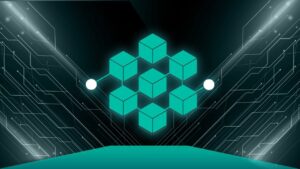
What is Web 3.0?
Web 3.0 is the latest technology that is based on blockchain. Blockchain is a technology that helps us to build decentralized applications. We cannot build a decentralized internet without using blockchain technology. Blockchain is a technology that allows everyone to participate and contribute to the network.
In addition, This technology is currently being used for a variety of purposes. Web 3.0 will be built on top of it. You can use Web 3.0 to build websites, smart contracts, decentralized apps, and much more.
Moreover, Web 3.0 will allow you to create a decentralized application and a website. These are two types of applications that will be created by you. Websites will allow you to share information while decentralized applications will allow you to interact with others. You can use web 3.0 to send and receive funds as well. You can use your smartphones to pay for goods and services.
However, It will also help you to create your own digital currencies that are compatible with the existing ones. It’s easy to buy and sell cryptocurrencies. You will be able to send money to anyone you want. This is very helpful because you can avoid the high transaction fees that are charged by some exchanges. In addition to all these, Web 3.0 will be decentralized.

Difference Between Web 2.0 & Web 3.0
The evolution of the internet has brought about significant changes in how we use and interact with it. Web 2.0 and Web 3.0 are two distinct eras in the development of the internet, with significant differences in their features and capabilities.
User-generated content vs. Machine-generated content
Web 2.0 was all about user-generated content, while Web 3.0 is all about machine-generated content. With the help of artificial intelligence and machine learning, Web 3.0 is capable of generating personalized and relevant content for users.
In addition, Web 2.0 was all about user-generated content. In Web 2.0, people had the power to create and publish content. This made the Web experience much more interesting than before.
Further, everyone was able to share their thoughts and ideas with others with the help of Web 2.0. People could even make money from those ideas. Web 2.0 was all about the idea of sharing and giving credit where credit is due.
On the other side, in Web 3.0, the focus has shifted away from people to machines. Now, machines are able to generate personalized and relevant content based on users’ interests. The idea behind Web 3.0 is to enable the creation of more relevant and personalized content for users.
Moreover, The content that is created today is more personal because it is based on what we like and what we search for. Information is shared through data in Web 3.0. This makes the process of sharing and giving credit easier and more effective.
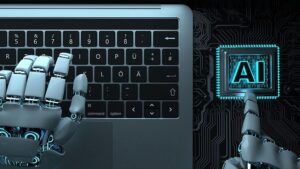
Social Networking vs. Decentralization
Today, web 2.0 has been replaced by web 3.0. Decentralization and blockchain technology have taken over the world. Web 3.0 is the new trend in the world of technology.
In addition, People can conduct secure and private transactions without the need for intermediaries with web 3.0. In fact, the best example of web 3.0 is blockchain technology. It is a decentralized digital ledger that records all activities and events.
Further, With blockchain technology, everyone can make transactions without any intermediaries, and it is very easy to use. In fact, with the help of blockchain technology, people can make smart contracts and do business with complete transparency and security.
Moreover, With the rise of web 3.0, many businesses and people are taking part in it. In fact, they are starting to realize its potentials. The most obvious benefits of web 3.0 are the high-speed transaction speed, privacy and security.
Importantly, Web 2.0 was characterized by social networking sites, where users could connect and share content with each other. In contrast, Web 3.0 is characterized by decentralization and blockchain technology, which allows for more secure and private transactions without the need for intermediaries.
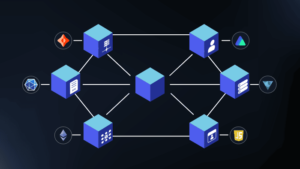
Web of Documents vs. Web of Data
The web 2.0 was an online version of the traditional books. When we searched for information online, we would have to search for it in book form. This is because the computers at the time could not make sense of the vast amount of information available.
In contrast, The web 3.0 is much more than that. It is a web of data, where computers can understand and interpret the content on web pages. The main difference between a web of documents and a web of data is that data is easy to collect and manipulate while documents are harder to collect and manipulate.
Moreover, There is a big difference between the web of documents and the web of data. Data can be collected easily using different methods like web crawlers and scraping tools. For example, when you search for information on Google, you’re actually searching for specific data like the title of the book, the author of the book, the publisher, etc.
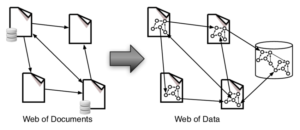
Three Key Technologies Shaping Web 3.0
Artificial Intelligence (AI)
Artificial Intelligence is one of the greatest technologies that are shaping the world today. It is used by many organizations to automate processes, improve efficiency and productivity, as well as solve problems.
In addition, There are many companies that use AI to make a difference in people’s lives. Google has been using AI to create a better search engine. It uses AI to understand natural language better, and to help users find information they need easily.
Moreover, Facebook has been using AI to improve its news feed. It uses AI to deliver content to its users that they might be interested in. Facebook also uses AI to provide suggestions to its users on what to post.
Importantly, Amazon has been using AI to help its customers find products that they need, faster than ever. It uses AI to learn about the preferences of customers, and it uses that knowledge to suggest products. Other companies are making improvements through AI as well. For example, Microsoft is using AI to make chatbots smarter and easier to use.
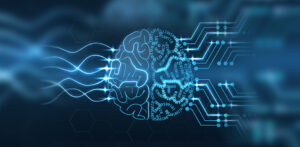
Semantic Web
The Semantic Web is a way of structuring information online in a way that computers can easily understand. The way it works is that machines and humans work together to make it easy to connect related data.
In addition, Semantic Web is a way to make sure that machines can understand all of the information on the web and make it easy to find what you’re looking for. For example, when you type in “apple computers” into Google, it will list all of the information that it can find that relates to apple computers.
Moreover, This means that machines can easily organize and categorize the information that they find. The more people use semantic web, the more useful and relevant information they will find.
As technology progresses, it will only become more powerful, and this new form of web will make it easier for people to interact with one another and the world around them. The Semantic Web is the foundation for the future of the web.
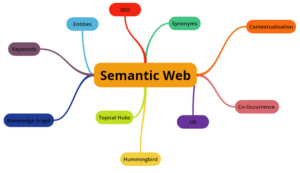
Internet of Things (IoT)
Internet of things (IoT) is a key technology that helps to create a more connected and intelligent internet, where devices can communicate with each other and perform tasks without human intervention.
In addition, IoT also allows for seamless interaction between people and things. It involves connecting the physical world with the digital world. It will allow you to collect, process, store, share and analyze information from devices. It will help you to keep track of different aspects of your daily life. You can use the IoT to monitor your home appliances and your health.
For example, you can monitor your health using wearable devices. Wearable devices include smartwatches, fitness bands, heart rate monitors, etc. You can also use your smartwatch to tell you how far you walked during your morning walk or how many calories you burned during your workouts. You can use your IoT devices to check on your kids while they are at school. With a smartwatch, you can listen to their heart rates while they play on their phone.
Importantly, Web 3.0 as it helps to create a more connected and intelligent internet, where devices can communicate with each other and perform tasks without human intervention.
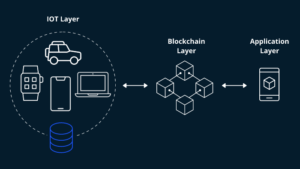
Conclusion
Web 3.0 is the next generation of the World Wide Web, focused on creating a more intelligent, decentralized and secure internet. The three key technologies shaping this new era are Artificial Intelligence, the Semantic Web and the Internet of Things.
Moreover, These technologies will help to create a more connected and intelligent internet, where users have greater control over their personal data and enjoy greater privacy and security.